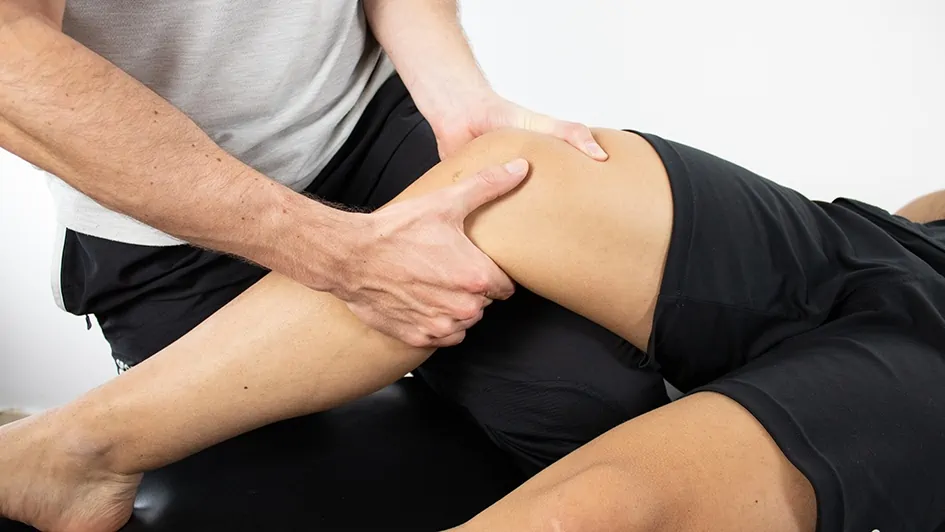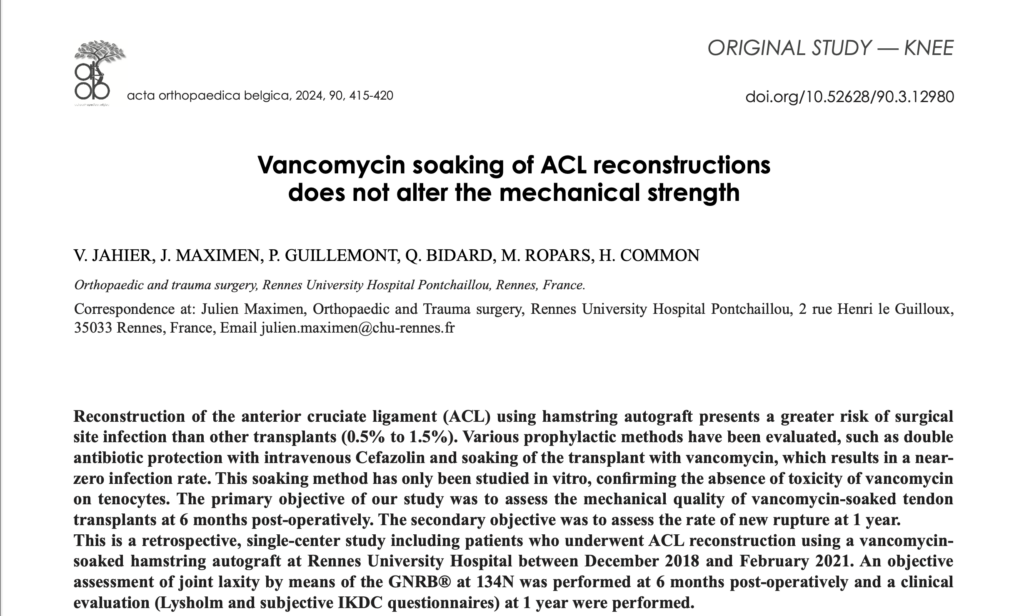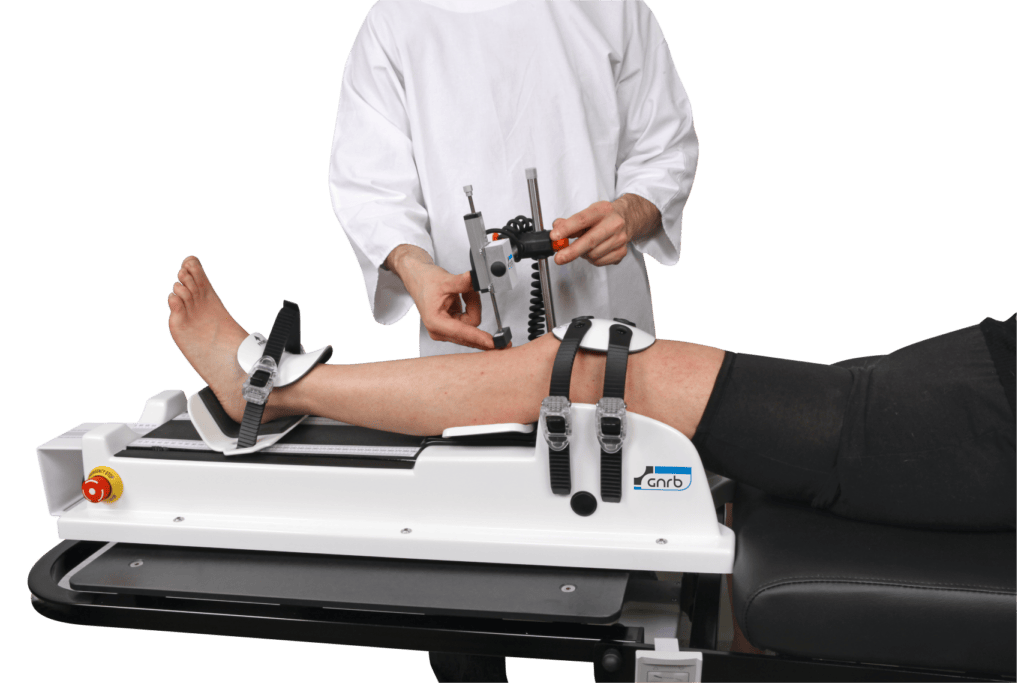After India, Let’s Meet in Munich – Visit Genourob at Booth 19 at ISAKOS 2025
After an inspiring showing at the Pune Knee Course (PKC) in India—where surgeons from across the subcontinent gathered to explore innovations in knee surgery—we now set our sights on Munich, Germany, for one of the most prestigious international gatherings in orthopaedics: ISAKOS 2025. From June 8 to 12, Genourob will proudly exhibit at Booth 19, […]
After India, Let’s Meet in Munich – Visit Genourob at Booth 19 at ISAKOS 2025 Read More »









